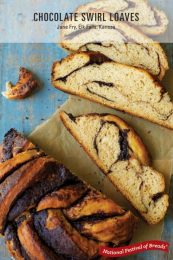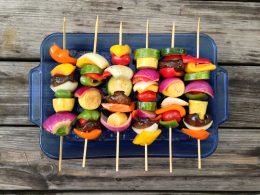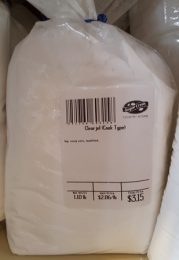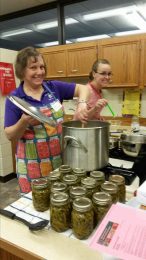The Whole Grains Council has introduced another Whole Grain stamp to help shoppers search for whole grain foods. The 50% stamp will show up on foods in the first half of 2017. The stamp is available on over 11,000 products in 55 countries.
The three stamps include:
100% Stamp—The product contains all whole grains. The minimum requirement is 16g (a full serving) of whole grain per serving.
50% Stamp—The product contains half or more whole grains in the grain ingredients. The minimum requirement is 8g (a half serving) per serving.
Basic Stamp—The product contains at least 8g of whole grains (a half serving) per serving and may contain some refined grains.
Each stamp shows how many grams of whole grain ingredients are in a serving of that specific product.
Learn more about the Whole Grain stamps at https://wholegrainscouncil.org/whole-grain-stamp.







